This beautiful book opens up to a wide audience a world of emblem and allegory, political manoeuvrings and religious conflict, serpents, sea monsters, and armillary spheres. Its primary concern with iconography allows oil paintings, miniatures and prints to be scrutinised together. Poetry and prose set out the intellectual landscape of the age while accounts of processions and entertainments demonstrate the importance of ephemeral spectacle for understanding works of art that survive. Roy Strong helps readers adapt their eye to the period with explanations of devices such as imprese, together with their ambiguities. He is emphatic about the dangers of looking at Elizabethan portraiture through Italian Renaissance eyes, and combines an array of sources with his enormous powers of historical imagination to bring alive some of the most familiar icons of English art; these he sets in the context of their time and place, without neutralising the sense of strangeness and historical distance that makes them so endlessly fascinating.
 In The Elizabethan Image Strong integrates a lifetime’s work with a synthesis of recent research by others, and the book will serve as an essential introduction to Elizabethan portraiture for many years to come. We are living through an exciting period in the study of Tudor painting, and Strong generously acknowledges discoveries made by scientists, scholars and curators. These particularly concern material and techniques, the history of clothing, the careers of British-born and so-called ‘stranger’ artists and the portrayal of the ‘middling sort’, who appear, both men and women, for the first time in portraiture of this period.
In The Elizabethan Image Strong integrates a lifetime’s work with a synthesis of recent research by others, and the book will serve as an essential introduction to Elizabethan portraiture for many years to come. We are living through an exciting period in the study of Tudor painting, and Strong generously acknowledges discoveries made by scientists, scholars and curators. These particularly concern material and techniques, the history of clothing, the careers of British-born and so-called ‘stranger’ artists and the portrayal of the ‘middling sort’, who appear, both men and women, for the first time in portraiture of this period.
Strong’s authoritative account does not preclude a lovely sense of the detective work and serendipity involved in the decoding of these portraits, and he is himself a central character in the story of what we have come to know about them. A dedication page to Elizabeth I, framed with eglantine from a print found later in the book, casts the author as the first in a succession of courtiers that we meet in The Elizabethan Image. Some readers will enjoy recognising its origins in Strong’s earlier work, including the pioneering exhibition ‘The Elizabethan Image: Painting in England 1540–1620’ (1970, Tate Gallery), and the books The Cult of Elizabeth: Elizabethan Portraiture and Pageantry (1977) and Gloriana: The Portraits of Queen Elizabeth I (1987). Sections on melancholy and the revival of chivalry are retained from the Tate show, though here explored in the tighter time frame of Elizabeth’s reign, and earlier publications inform the case studies on portraits of the queen, from the opening ‘Procession Picture’ to the ‘Rainbow Portrait’ at the end. A key innovation in Strong’s approach here is the structuring focus on patrons rather than painters, illuminating ‘from the inside’ how the portraits functioned in the private worlds of those who sat for and lived among them.
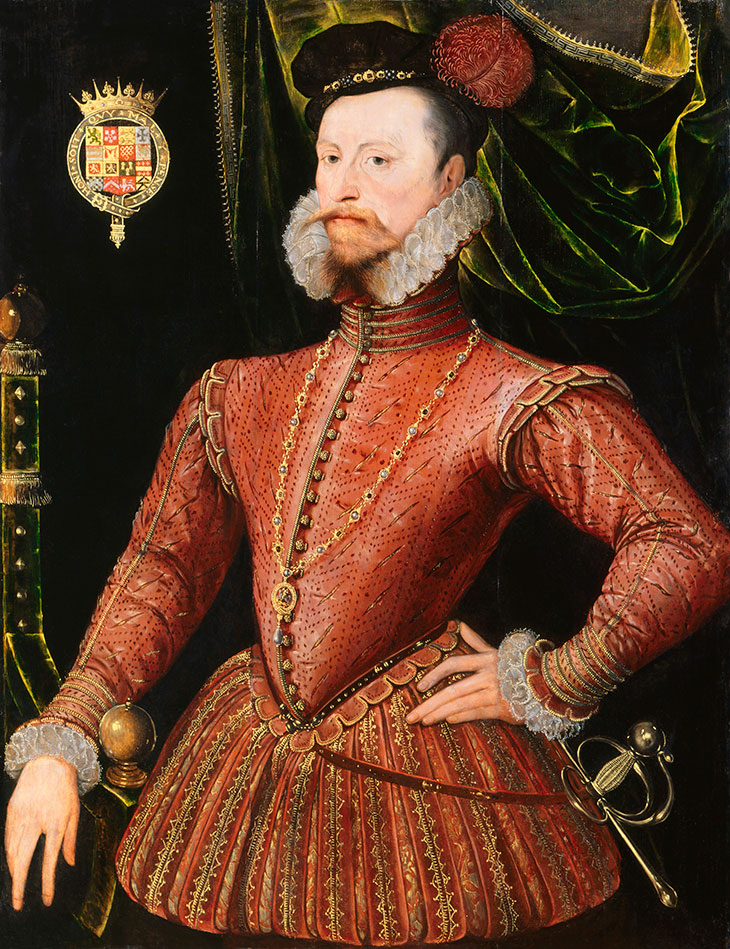
Robert Dudley, 1st Earl of Leicester (c. 1570–75), unknown Netherlandish artist. Photo: © National Portrait Gallery, London
Strong’s skilful storytelling throws us into lives lived in dangerous times, including those of power brokers, lovers, merchants, princes and dissidents. A fine chapter on collections demonstrates how the meanings of portraits are partly created by means of display. The princely self-fashioning of Robert Dudley, Earl of Leicester, is contrasted with the recusant Catholic John Lumley, 1st Baron Lumley, whose collection reflected ‘a world turned in on itself’ and articulated the glories of the family’s past – unlike Bess of Hardwick, whose collections proclaimed her the founder of a new dynasty; or Sir Henry Lee, who epitomised the new chivalry and whose collection and commissions paid tribute to the queen. The inventories at the heart of this chapter and the reconstruction of how paintings were placed in rooms within buildings – and the movement of the spectator through those spaces – conjure up the other ‘household stuff’, often valued much more highly than paintings, including books, tapestries, textiles, beds, and other furniture.
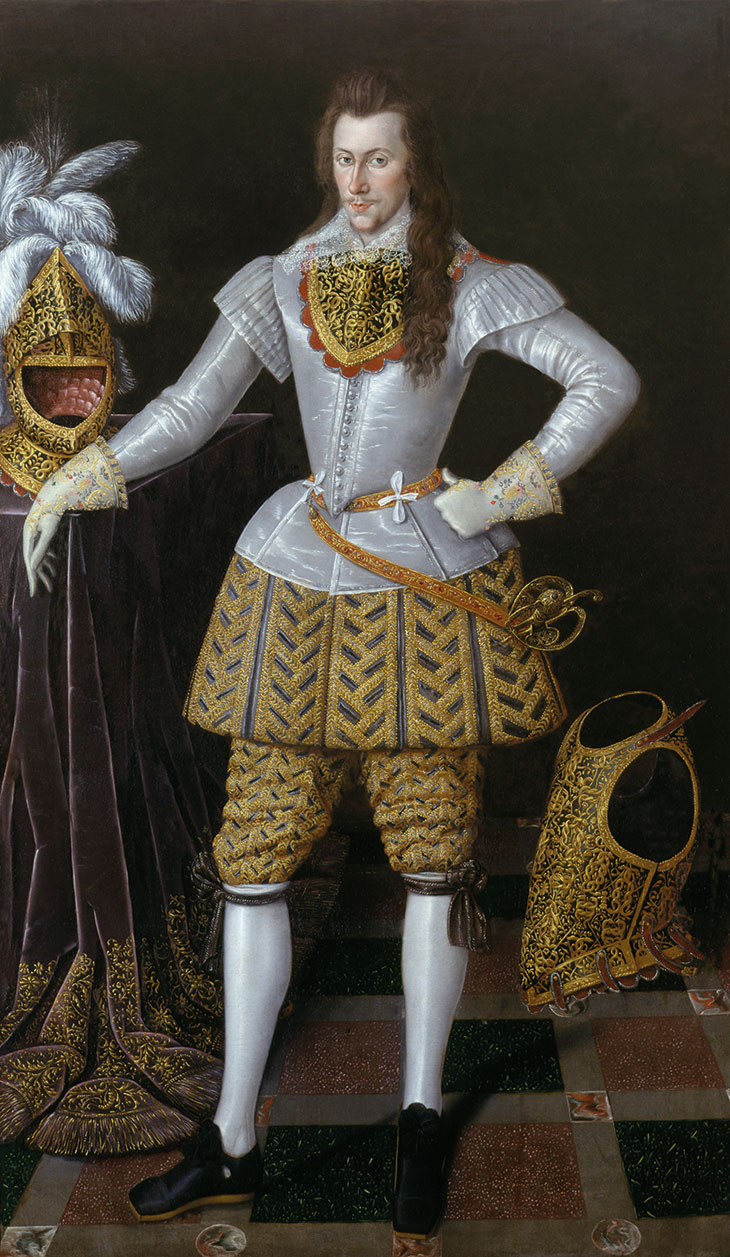
Henry Wriothesley, 3rd Earl of Southampton (1573–1624) (c. 1593–97), unknown artist. Photo: © National Portrait Gallery, London
Strong is joyously sensitive to the textures and visual impact of costume, props and accoutrements (though perhaps too insistent that Elizabeth’s jewels in paintings must be exactly like jewels that existed, never adapted by artists for meaning). Despite his (not entirely persuasive) claim that even Dudley valued these portraits as pictures of people rather than ‘works of art’, he pays less attention to the faces and bodies themselves or to how the paintings reveal, transform or hide the body, how they engage or distance the viewer, or to the creation of lifelikeness and human presence; he is perhaps over-wary of what he sees as the tendency of many modern scholars to treat portraits ‘as if they had a life of their own’. In a section about pictures of pregnant women, the editors might have removed the slightly embarrassed ‘enceinte’, while readers might regret that there is no further discussion of Elizabethan constructions of masculinity. Neither androgyny nor the anachronistic concept of the dandy explain the shimmering full-length portraits of young men discussed in a chapter on the Accession Day tilts, although the queen’s overarching presence in this book reminds us that portraiture during her reign often, unusually, implied a female gaze.
One of the most enjoyable aspects of the book is the inclusion of the voices of people discussing the portraits down the centuries, George Vertue and Horace Walpole among them. Their speculations encourage the reader’s own, and provide a chorus on the theme of the making, losing and finding of meaning – or, as Strong suggests is the case for the mysterious ‘Persian Virgin’, probably never knowing.
The design of this book is first-rate. The format is highly readable and the wealth and quality of illustrations sustain close visual attention. Some pictorial sequences make their points almost without words, including sections about labyrinths and landscapes, and a particularly effective sequence about miniatures worn on the body, which culminates in Hilliard’s portraits of Thomas Gresley and his wife – contained in a jewel which, when closed, places them face to face.
The Elizabethan Image: An Introduction to English Portraiture, 1558 to 1603 by Roy Strong is published by Yale University Press.
From the December 2019 issue of Apollo. Preview and subscribe here.
Unlimited access from just $16 every 3 months
Subscribe to get unlimited and exclusive access to the top art stories, interviews and exhibition reviews.

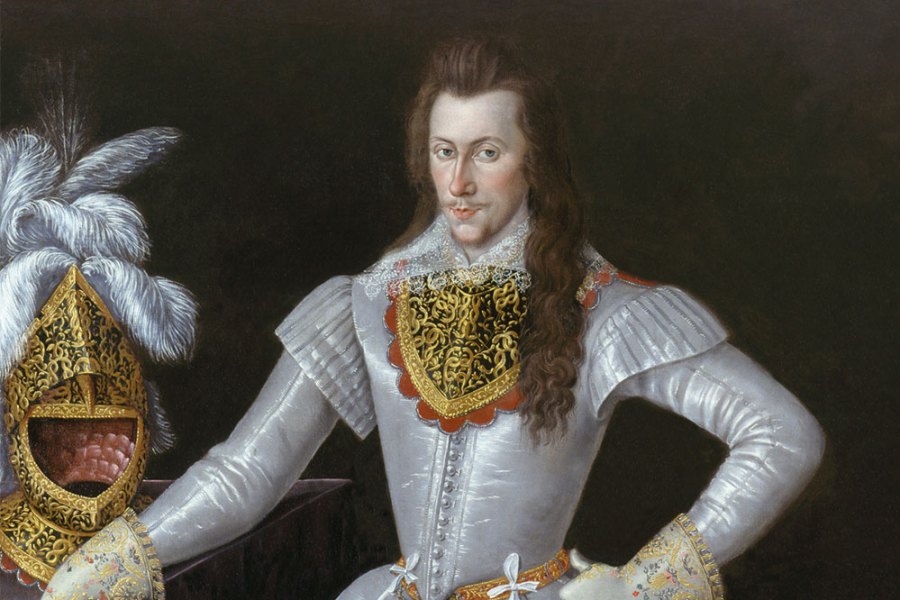
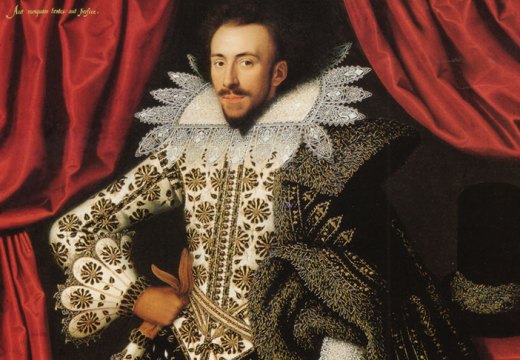
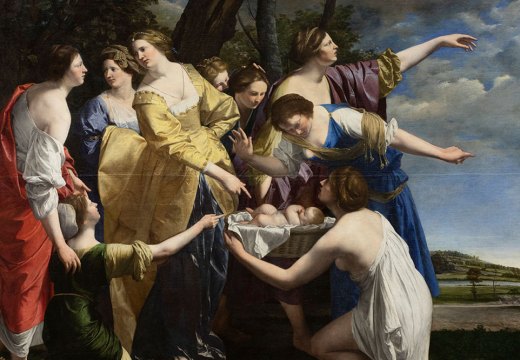
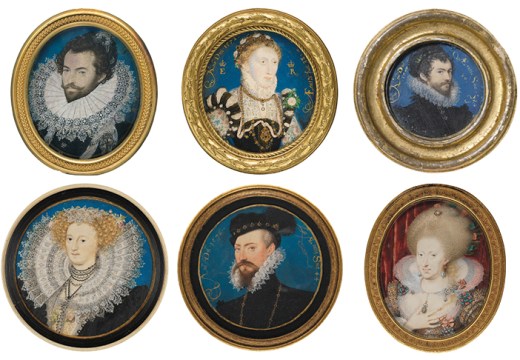









![Masterpiece [Re]discovery 2022. Photo: Ben Fisher Photography, courtesy of Masterpiece London](http://www.apollo-magazine.com/wp-content/uploads/2022/07/MPL2022_4263.jpg)
Why are fathers so absent from art history?